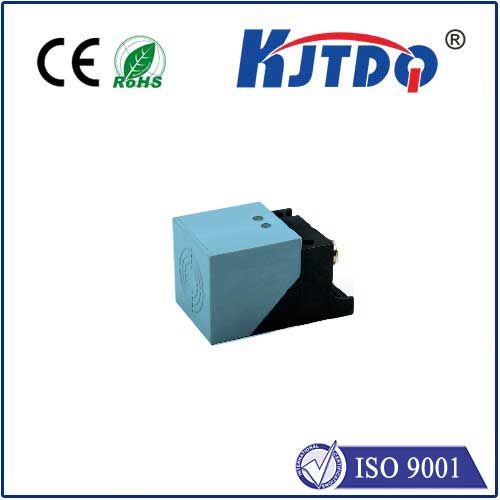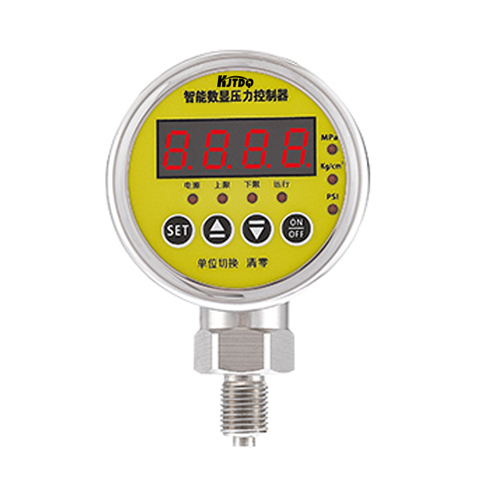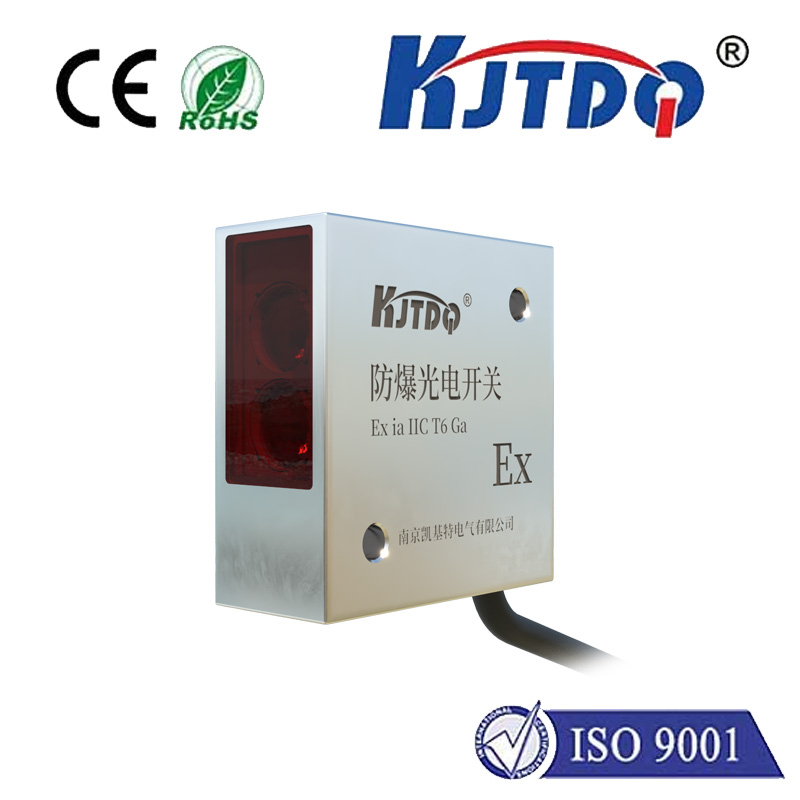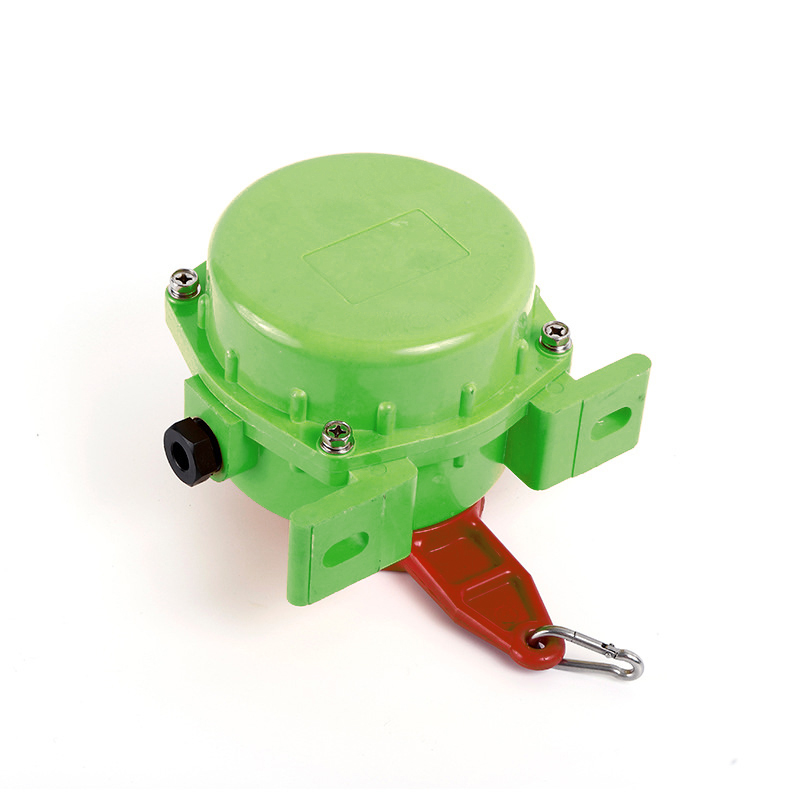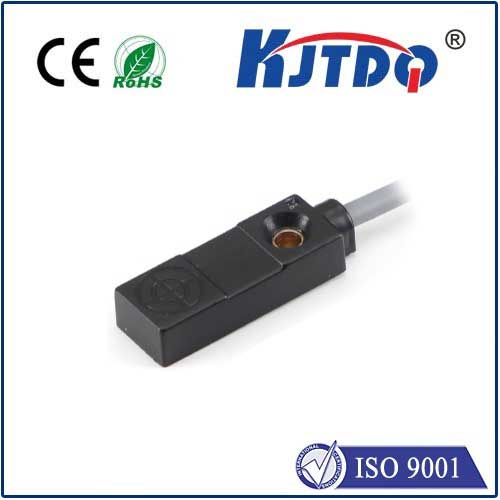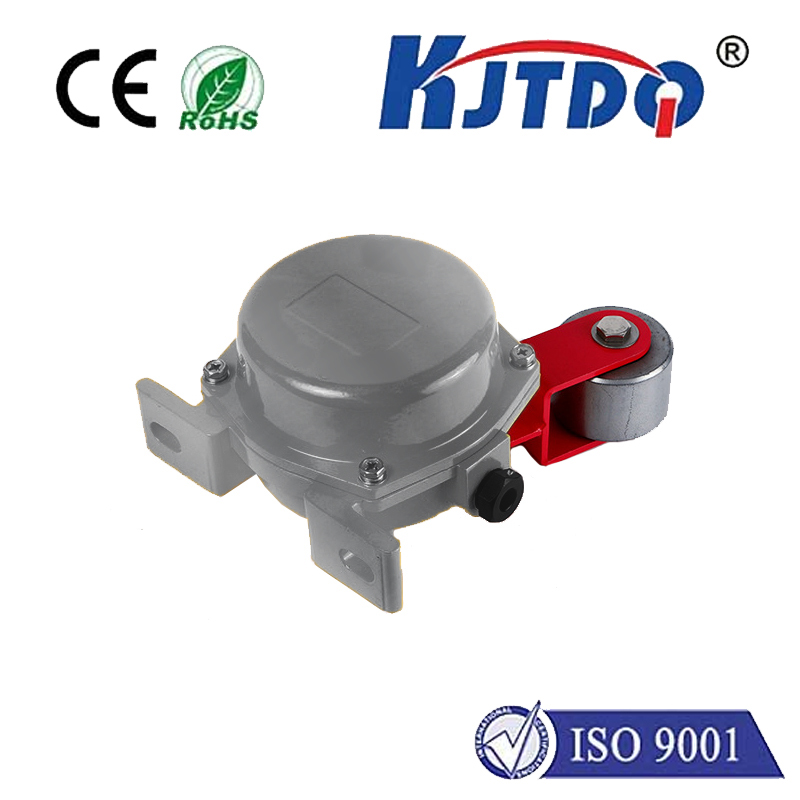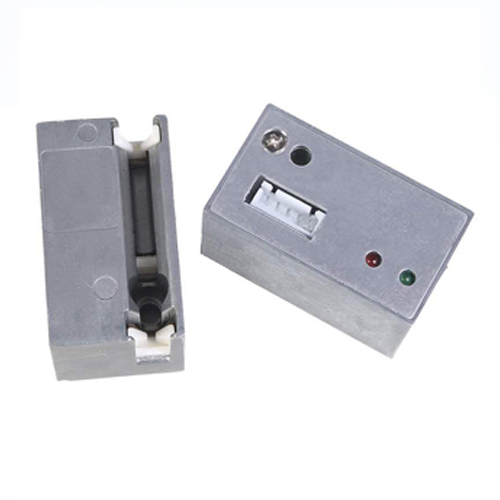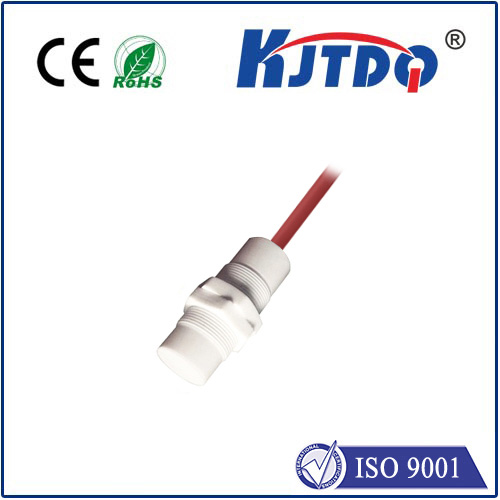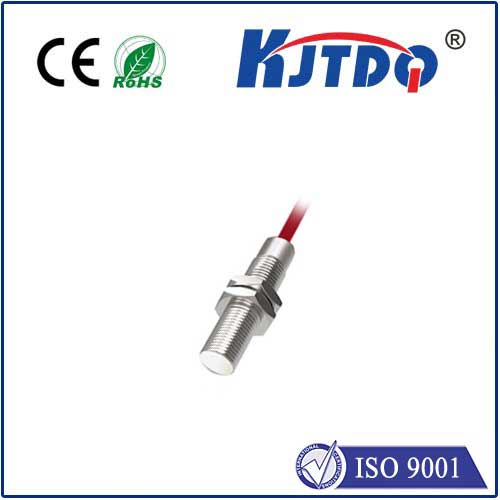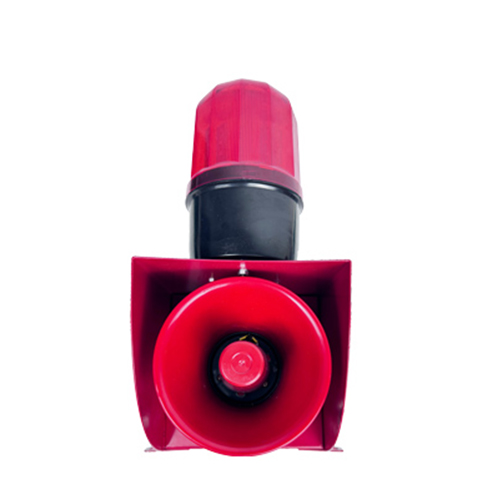ATEX Ограничитель вращения
- time:2025-08-02 00:30:20
- Нажмите:0
ATEX Rotary Limit Switches: Essential Guardians in Hazardous Environments
Picture this: deep within a chemical processing plant, heavy machinery rotates massive components. Flammable gases or dust hang potentially in the air. A critical mechanism must rotate precisely to a defined position to ensure safe operation and process integrity. Stopping too soon disrupts the flow; rotating too far risks catastrophic damage or ignition. In such volatile settings, where a single spark could be disastrous, ordinary equipment simply won’t suffice. This is where the ATEA Rotary Limit Switch emerges as an indispensable safety sentinel.
An ATEX Rotary Limit Switch is a specialized position-sensing device designed explicitly for operation within potentially explosive atmospheres. Its core function is to accurately detect the angular position of a rotating shaft, cam, or valve and trigger electrical contacts when pre-set travel limits are reached. Crucially, it achieves this while adhering to the stringent safety requirements mandated by the ATEX directives (derived from the French ATmosphères EXplosibles). ATEX certification signifies that the switch’s design intrinsically prevents it from becoming an ignition source – even under fault conditions. This involves careful construction methods like flameproof enclosures, intrinsic safety barriers, or encapsulation to contain potential sparks or excessive heat generated internally.
The Critical Role in Hazardous Zones
ATEX-compliant rotary limit switches find vital applications across numerous industries where explosive dust, gas, or vapour mixtures may be present:

- Chemical & Pharmaceutical Manufacturing: Monitoring agitator positions in reactors, controlling valve rotation in pipelines transporting volatile substances, ensuring mixer arms stop precisely within vessels.
- Oil & Gas Exploration & Refining: Safeguarding valve positioning on offshore platforms and refineries, controlling actuators on pipelines, managing rotating dampers or diverters.
- Grain Handling & Food Processing: Overseeing conveyor diverters in grain silos (where combustible dust is a major hazard), positioning mixers in flour mills, controlling material flow gates.
- Paint & Coatings Production: Managing agitators and pump positions where solvents create explosive vapour clouds.
- Mining Operations: Controlling conveyor belt junctions, positioning ventilation flaps, monitoring crusher mechanisms where combustible dust is prevalent.
- Wastewater Treatment: Operating valves and gates where methane or other gases can accumulate.
In these environments, the consequences of positional failure are severe – ranging from process shutdowns and product loss to equipment damage, environmental incidents, and most critically, risks to human life. The ATEX rotary limit switch acts as a precise and reliable endpoint controller, ensuring machinery operates safely within its designated parameters.
Key Features & Engineering Rigor
Designing an ATEX rotary limit switch involves far more than just adding a robust housing. True safety requires comprehensive engineering:
- Robust, Certified Enclosures: Casings are typically constructed from high-grade materials like stainless steel or reinforced polymers. Designs often follow principles like “Flameproof” (Ex d), which contains any internal explosion without allowing flames to escape, or “Increased Safety” (Ex e), which prevents sparks and hot surfaces under normal operation and specified fault conditions.
- Intrinsically Safe Options: Some models incorporate intrinsically safe barriers, ensuring any electrical energy within the switch circuitry is inherently too low to ignite the surrounding atmosphere, even if a fault occurs.
- Precise Position Sensing: Mechanisms use high-precision cams, gears, or magnetic couplings to translate shaft rotation accurately into contact activation. Accuracy and repeatability are paramount.
- Durable Contacts: Electrical contacts must handle frequent switching cycles reliably under potentially high loads, using materials resistant to welding or pitting. Options include robust snap-action microswitches or mercury-free alternatives.
- Sealing Against Ingress: High IP (Ingress Protection) ratings (e.g., IP66, IP67) are standard, preventing dust and moisture from compromising internal components, essential for harsh industrial environments.
- Adjustable Settings: Most switches feature adjustable cams or setting dials, allowing precise calibration of the switching points during installation or maintenance without compromising the integrity of the sealed enclosure.
- Torque Resistance: The device must withstand the rotational torque applied by the monitored shaft without damage or misalignment.
- Clear Markings & Documentation: Strict traceability, unambiguous ATEX marking (detailing the specific Zone and Gas Group protection), and comprehensive certification documentation are mandatory.
Selecting the Right ATEX Rotary Limit Switch
Choosing the correct switch is critical for safety and performance. Key considerations include:
- Zone Classification: Determine the specific Zone (0, 1, 2 for gases; 20, 21, 22 for dust) where the switch will be installed. The switch’s ATEX marking must explicitly cover this Zone. Matching the device to its intended Zone is non-negotiable.
- Explosive Substance: Identify the Gas Group (I, IIA, IIB, IIC) or Dust Type (IIIA, IIIB, IIIC) present. Switches are certified for specific groups.
- Temperature Class (T-Rating): Ensure the switch’s maximum surface temperature rating (e.g., T6 = 85°C max) is below the auto-ignition temperature of the surrounding gases or dusts.
- Mechanical Requirements: Shaft connection type/size, required rotational angle, adjustment range, torque capacity, number of switch positions (e.g., 1, 2, or 3 positions).
- Electrical Specifications: Voltage, current rating (resistive and inductive), contact configuration (SPDT, DPDT), required ingress protection (IP rating).
- Environmental Conditions: Temperature range, exposure to chemicals, humidity, vibration levels.
- Approvals: Ensure relevant regional certifications beyond ATEX (e.g., IECEx for international markets, potentially UL for North America in specific contexts) are held if required.
Proper installation and ongoing maintenance by qualified personnel, strictly following the manufacturer’s instructions and ATEX regulations, are essential to maintain the device’s safety integrity over its lifetime.
From preventing overtravel on critical valves in a petrochemical plant to ensuring mixers stop safely in a potentially dusty bakery, the ATEX rotary limit switch performs a vital, often unseen, function. It represents the crucial intersection of precision mechanical control and fundamental explosion safety engineering. By reliably detecting rotational endpoints under the most challenging conditions, these specialized devices are truly unsung heroes, safeguarding personnel, protecting expensive assets, and ensuring the continuity of vital industrial processes within hazardous zones. Understanding their function and selecting the right certified device is a cornerstone of responsible safety management in these high-risk environments.







